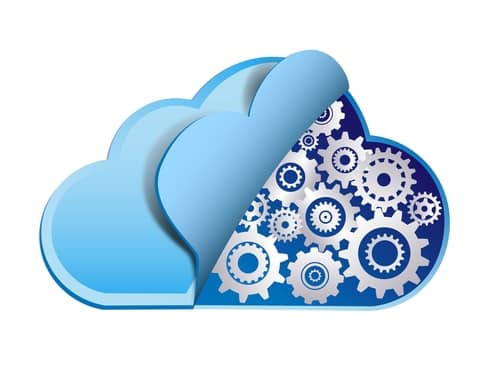
Finding a solution to the cybersecurity problem in the cloud for 2021
According to an analysis published by Gartner, the global cybersecurity market grew by more than 2.4% in 2020.
This is well below the expectations of professionals in the sector. Indeed, the latter had forecast an increase of almost 8.4% compared to the year 2019. However, the health crisis cannot be seen as a sufficient reason for this lack, but it can be said that it has actively participated. The computer security market was then found by all this.
This article will also interest you: Should we delay migration to the cloud for a better understanding of the sector
This reduction in momentum highlights a certain trend when you look at it more closely. At the cloud sector level, IT security has been requested, but in the long run. You can see, to a certain extent, how this sector is evolving, especially when you get closer to the cloud.
"Cloud services are flourishing, but IT security is struggling to keep pace. This lag is problematic because as the impact of the pandemic is felt, the development of a "cloud-first" strategy will be a priority for businesses. That's why I invite them to refine their software development lifecycle (SDLC). Our latest state-of-the-art software security report (SoSS) has revealed that "security debt," which manifests itself in latent critical vulnerabilities in applications used by businesses, is emerging in a disturbing way. Yet migration to the cloud is itself an opportunity for software security teams to examine the robustness of existing applications while securing the development of new cloud applications." Explains Nabil Bousselham, IT solution architect at Veracode, a company specializing in COMPUTER security.
This justifies the need for a dedicated cloud security platform, especially if it is adequate. Businesses will then be able to easily address security vulnerabilities that are attributable to third-party software.

"When you work with third-party software, a security platform within the cloud can help any development team ensure that the code designed is free of vulnerabilities and meets the security standards required by the company. But despite the promises of third-party suppliers, you never know exactly how rigorous it is to fix the flaws in the code they deliver. Are the tests integrated into the entire software lifecycle? What kind of application security tools do they use? How rigorous is their testing protocol? These are all questions that leave you in doubt. On the other hand, if you have the right cloud security platform, the answers to these questions don't count, because then you can test third-party software yourself and make sure it meets security expectations. Using a cloud security platform in SaaS mode to evaluate a third-party code keeps an application's quality control while moving forward with the certainty that the purchased software meets its own security standards," says Bousselham.
Now access an unlimited number of passwords:
